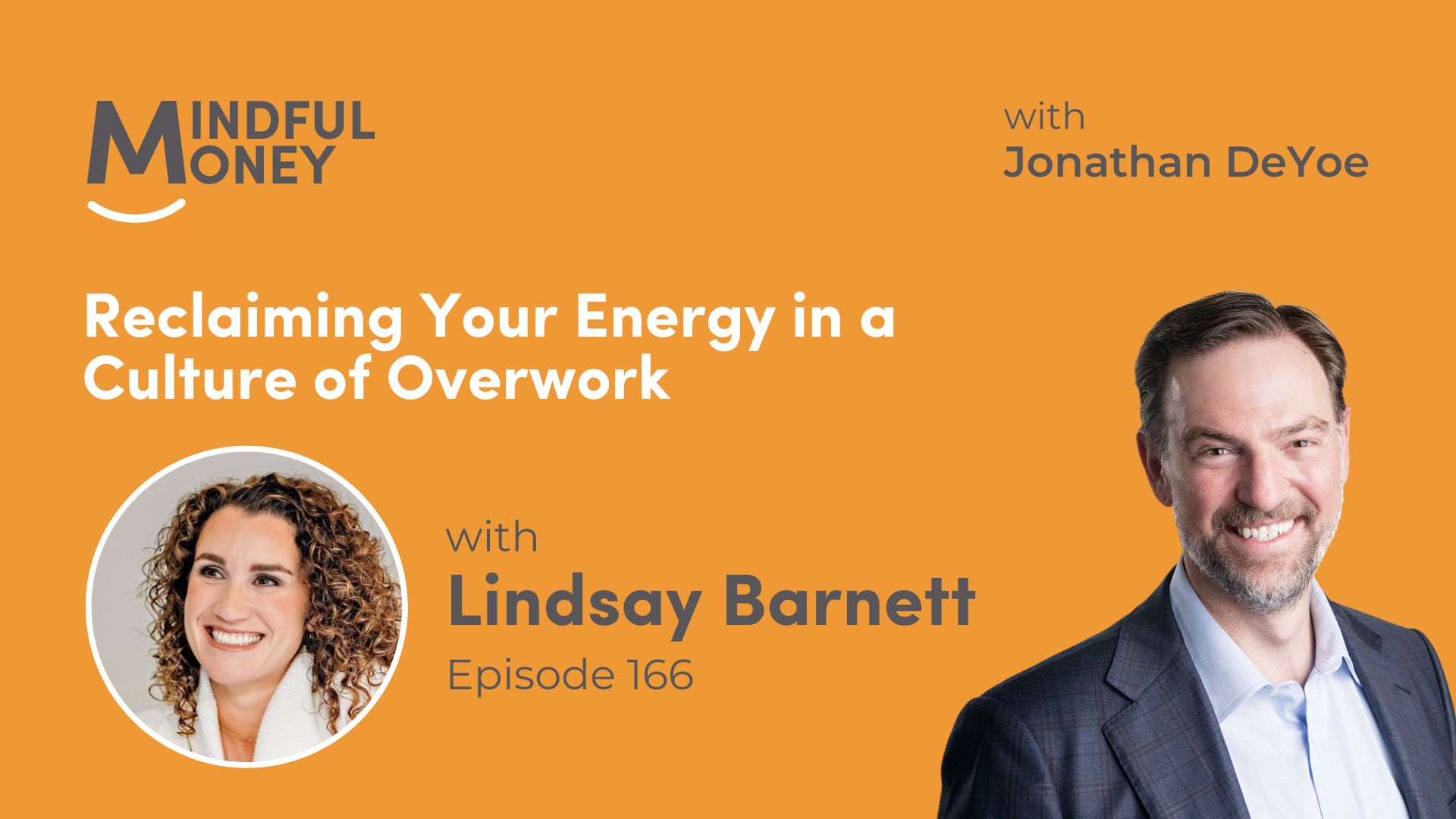We have spent the last three weeks highlighting the three measurable and controllable percentages that are absolutely critical to your long-term financial plan, especially your retirement-income success. They are (with links):
- Savings Rate: The percentage of your income you save
- Equity Allocation: The percentage of your portfolio you place in equities
- Withdrawal Rate: The percentage of your portfolio you withdraw
I have said that the combination of the first 2 variables – Savings Rate and Equity Allocation – are the dominant variables which determine your reaching that elusive plateau of “enough” – where you have enough to fulfill all the milestones in your plan and the retirement income you can’t outlive.
And, I maintain the combination of the 2nd and 3rd variables – Equity Allocation and Withdrawal Rate – determine whether your retirement income will be successful (rise to meet your rising cost of living) for your entire life.
If you do these three things, as we have described them over the last three weeks, you can have confidence in your retirement income continuing for your entire lifetime. In essence, if you get these three things right you will be able to retire comfortably and remain comfortably retired.
THE ONE PERCENTAGE THAT DOESN’T MATTER
Given that these three things are the most important in determining your long-term personal or family financial outcomes, would you like to know the question we get most often (especially from non-clients)?
“Jonathan, how are your portfolios performing?”
I get the question from prospective clients all the time. I even get it occasionally from relatively new clients who simply haven’t heard me discuss this enough yet. When I go to conferences, participants are talking about performance. When I speak with advisors, they ask each other the same question, “What’s ‘working’ for you; what are your changing in your portfolios?” When I talk to investment managers, they’ll go really deep on their thinking, their portfolio positioning, and their analytical process for me. When I’m on a podcast, I almost always get the question before the camera turns on or after we conclude the interview, “Jonathan, what are you investing in now.”
In my opinion, and I admit I hold this opinion in opposition to a very large portion of my own industry in addition to most people I speak with on a day to day basis, the one percentage – the one discussion point – that matters the LEAST in building a lifetime of positive financial outcomes is your portfolio’s (or any portfolio you are considering) current performance or recent past performance.
This belief is profoundly counter-cultural.
WHY DID YOU THINK THERE WAS A WARNING LABEL?
There is a required and broadly adopted disclosure warning (read: industry cover your ass (CYA) statement) on registered financial products. It varies around some version of, “Past performance is no guarantee of future results.”
I would argue that this warning is too light and not taken seriously enough by the investing public. I write about this at length HERE and HERE.
The investment industry is not allowed to make false or misleading claims. But, an investment management company CAN include whatever performance data, benchmark comparisons, management awards, Morningstar ratings they want to ‘prove’ their incredible management expertise and just so long as they add the CYA in the fine print at the end, you know, for balance.
As an investor, you must understand there is NO STATISTICAL EVIDENCE FOR THE PERSISTENCE OF PERFORMANCE. Any performance number describing a recent 3, or 5, or 10-year period will be found (in hindsight) to bear zero relation to that of the next similar block of time. You cannot forecast future relative returns based on past performance (or anything else really).
Unfortunately, excellent recent performance (meaningless as it is) is the best marketing fodder for financial companies and financial returns (meaningless as they are) are fantastic headline fodder for financial media. There is nothing else I know of that has so many moving parts, changes so dynamically, and is invested with so much emotion as are financial returns.
It is perhaps the investing world’s greatest paradox that there is no value whatsoever in knowing the relative return information that is most readily available about particular investments.
Using past relative returns as evidence to support judgments about future relative returns is worse than useless, it is destructive. The constant parsing of short-term relative returns creates anxiety and moves people to react, as emotions are stirred by both marketing and headlines. The reactions are consistently predictable.
The exciting headlines (which follow the market rising) cause more people to buy. The greater the rising or seeming potential for rising, the more exited we are to buy.
The scary headlines (following market declines) cause more people to sell. The faster and more violently we experience or expect to experience the decline, the greater our propensity to sell.
This is performance chasing. It is the most well documented investing behavior. It is buy high – sell low. It most often leads to being broke.
If you want great personal or family financial outcomes, you can ignore relative past performance percentages.
Stick to the three percentages that matter.
- Savings Rate.
- Equity Allocation.
- Withdrawal Rate.





